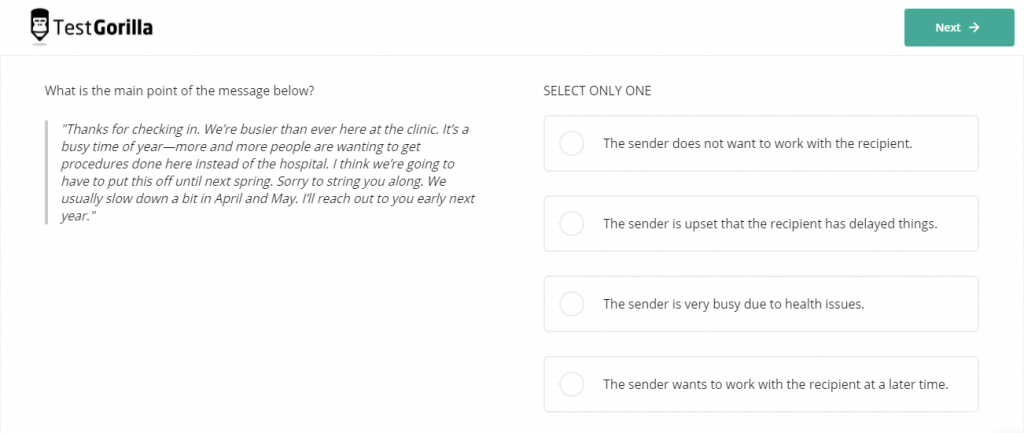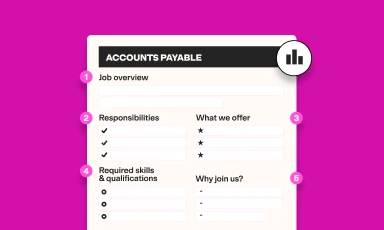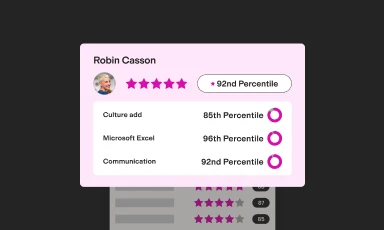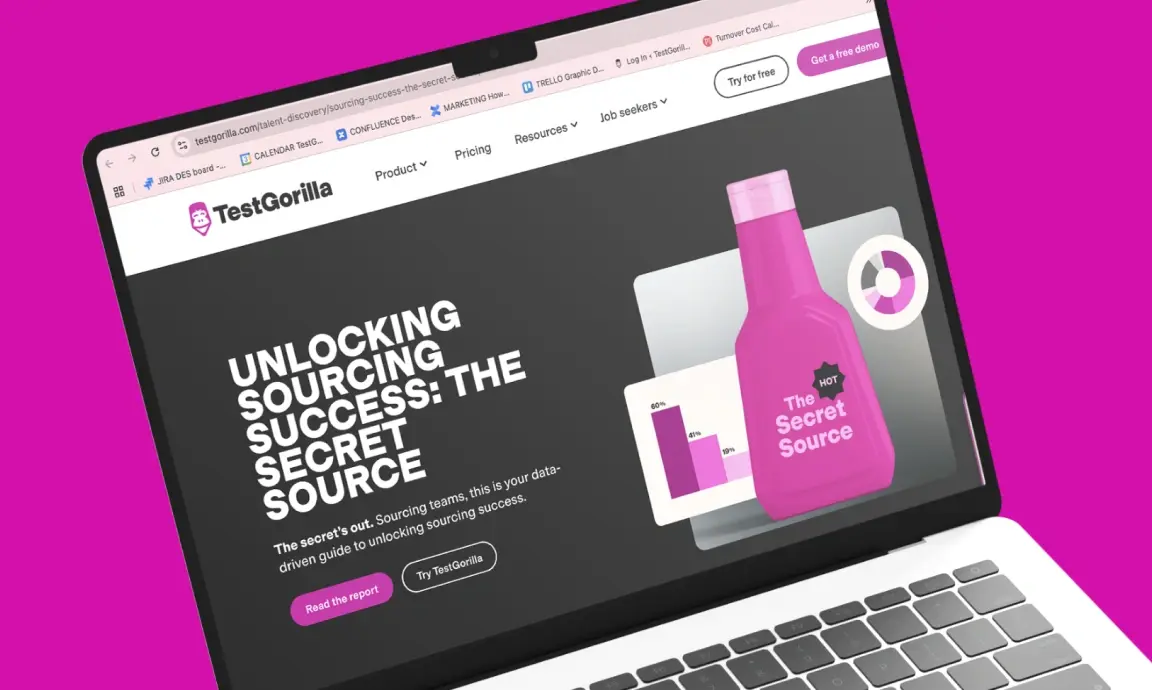Table of contents
Building an effective team can be one of the most challenging – and rewarding – parts of leadership. A team that works well together to achieve goals is crucial to the success of a business. As a manager or team leader, no one ever really teaches you how to build a team filled with the right people in the right roles. It can seem daunting, especially if you’ve never done it before or there’s something in your team that’s not quite working.
The purpose of a team in any business is that they work together to achieve the common goals of the business using their individual – and collective – strengths, skills, and experience. A well-balanced team is far more productive than individuals working in silos. It’s the key to growth, scalability, and a successful business.
One person can’t carry out every single function in a business, and a business can’t scale through an idea alone. Building a team is essential for the growth of every business. Everyone comes with different strengths, skills, and experience but by getting the right balance you can build a winning team.
How to build a great team
Building a great team starts with the people who make up that team. It’s important to hire the right people. They need to be capable, with the skills and experience for their job role (or a willingness to learn and develop) and able to work collaboratively with colleagues. They need to be able to achieve what you, as the leader of the team, couldn’t carry out alone.
It’s important to consider culture fit when it comes to hiring team members and whether they’ll fit into the existing team and work well within it. Once you have the people, the process of turning them into a team begins.
Building a team requires nurturing, cultivation and development. It isn’t something that happens overnight – you’re taking a group of individuals and putting them together in a situation that might not quite be what they’re used to. Building a strong culture can take time, patience, and a little resilience. You want to take these individuals and turn them into a high-performing team.
Here’s how to build a great team:
Strong leadership – It’s up to you as the leader of the team to inspire your team to work together and grow. Demonstrating your commitment to achieving goals and working and growing together is key to genuinely building those connections and trust. Your team will look to you for guidance, support, and leadership. As a leader, you should be people-focused, decisive, and clear when you communicate with your team so they know what the next steps are.
Start as you mean to go on – Set new team members up for success by onboarding them properly. Let them know the expectations of them and the team, give them information about the culture of the business, and communicate rules, processes, goals, and important information. A new employee is a blank slate that’s waiting for you to help them grow and discover more about the company. This communication helps new team members to settle in and understand the values of the company. It can also benefit the wider team as they fully understand how it works and can support new employees.
Respect the individual – Even within a team, employees are still individuals. They bring their own strengths, skills, opinions, and experiences to the table, and that should be valued. They will all have their own communication style and way of working. A great way to understand more about the skills and strengths of your team is by carrying out individual skills tests such as on problem-solving and communication, as well as the technical skills for their role. This can help you to understand them in a work capacity. It’s also essential to get to know them authentically as a person who has a life away from work. Respect, being valued, and being treated fairly are all important in the workplace.
Connect your team – As mentioned earlier, the people working in a department aren’t always a team. Some departments are more like a series of co-workers, all fixed on their own personal goals and tasks without interest in what others are doing. You need to encourage your department to work together, share their knowledge, communicate, and respect one another. While their paths may not have been as likely to cross outside of work, that doesn’t mean they can’t work together to build an effective team. Encourage them to share what they’re working on with others in the team, seek support, and achieve goals together. Team-building events and non-work-related meetings can be a great way to foster this shared connection.
Build trust – Trust is a two-way street. Your team needs to know that they can trust you and that you trust them. This can be used as a tool to empower your team to make their own decisions and use their own expertise to solve problems without your input, and at the same time for them to know that you’re there if they need you. The benefits don’t stop there – studies show that employees who feel trusted in their roles are 74% less stressed!
Keep your team motivated – People are motivated by lots of different things. Understand what motivates your individual team members, and do what it takes to keep them motivated and aligned with their work. This could be praise and positivity, rewarding a job well done, reviews and pay rises, or autonomy (within reason). By getting to know your team, you can understand how they want to work and what motivates them to carry out their job.
Communicate with your team – Poor communication is a common workplace issue. It can affect every part of someone’s working life if they feel like they never know what’s happening from day to day. Again, this works both ways – your team needs to feel like they know what you want and what the business wants, and you need to understand their needs too. A lack of communication can lead to stress, mistrust, and underperformance, all of which are the antithesis of a high-performing, collaborative team. People communicate differently, so take the time to understand the communication styles of your team by getting to know them. You could even try undertaking a communication test with your team to truly get to know how they communicate and want to be communicated with.
An example of a question from TestGorilla’s Communication Test
Create a positive work environment – a negative work environment can be hard to deal with, even for the most positive of employees. You need to work on positive reinforcement that doesn’t focus on the negatives or criticizing those in the team. A positive environment fosters growth, innovation, teamwork, and high performance so encourage positivity to see your team thrive. A negative work environment can lead to dishonesty, finger-pointing, and blame which isn’t how a strong team is built. Keep it positive for maximum motivation and happiness in the workplace.
Mix it up – sometimes, our own bias sees us hiring people who are “like us” or the same as existing team members. While getting someone with the right skills for the role and fits the company culture is important, it’s equally important to look for diverse experiences and opinions. People from different backgrounds, life experiences, ages, and opinions can all contribute a different perspective to any situation. This is something that will be reflected in your customer base so it’s important to be aware of any blind spots or potential problems. A good way to find out if an individual is aligned with the culture of your organization, regardless of their background, is with a culture add test.
💡Top tip! A great way to connect your team, build trust, and improve their communication is through team building activities. Here are our top 20 team building games to strengthen your team.
What does a great team look like?
Usually, when something is off about your team, a good leader will know. A great team has a few common elements that you’ll be able to identify as indicators that you have a high-performing, effective team. Here are the signs of a great team:
Roles and objectives are clearly defined
Effective communication between one another and within the team
Cooperation towards common goals
Support
Goals are achieved (and often exceeded) as a team
Development as individuals and as a team
Free-flowing ideas
High levels of motivation amongst team members
Enthusiasm and confidence
Working in harmony as part of a functional team can be the difference between thriving in the workplace or feeling drained and overwhelmed. It can be the difference between motivation and apathy or success and failure. It really is that important to get it right as a manager or leader.
Building a team takes effort, patience, persistence, and time but it’s well worth it. Once you get the balance right, you’ll see just how effective great teamwork can be.
The best insights on HR and recruitment, delivered to your inbox.
Biweekly updates. No spam. Unsubscribe any time.
Related posts
You've scrolled this far
Why not try TestGorilla for free, and see what happens when you put skills first.



















